Australian-brand, Planex collaborates with Lucy Simpson from Gaawaa Miyay Studio to create a design that captures the unique sensitivity of place and the incorporation of Indigenous culture within the built environment.

October 16th, 2019
Amongst the evolving nature of the office landscape, there is a higher demand for agile, flexible and smarter solutions in workplace design. With the changing pace of how people work, people are spending more time at the workplace and designers need to address the demand for more wellness-centred office models. The future of the working environment needs to adapt to the working needs of the modern employee, through thoughtful, inspiring and considered interiors and furniture pieces. Gone are the days where workplace furniture was just a purely practical element – innovative and dynamic furniture design is essential in driving productivity and finding a healthy balance between aesthetics and purpose.
Melbourne-based design practice, Planex provides adaptive storage furniture for the progressive workplace. The Australian-owned brand specialises in locker solutions for flexible and active environments that empower employees on a daily basis. Their design philosophy, known as ‘built-out obsolescence,’ goes back to 1972 and celebrates furniture solutions that are enduring, elegant and resolved built to last for the future generations.

Redefining the traditional locker, the xLocker range is designed for longevity and a sense for personal space within the workplace. The award-winning xLocker2 provides more than just a utilitarian storage system – it’s a future-proof design that addresses Planex’s core values of sustainabile practices and longevity. As part of Planex’s ongoing commitment to innovation and collaboration, the manufacturing brand engaged Lucy Simpson of Gaawaa Miyay Studio on creating two new locker perforations for the xLocker2. Gaawaa Miyay is built upon the first nations design principles and philosophy of sustainable and sophisticated design. The Sydney-based creative practice embodies a sense of place, infused with a story of heritage and history.
Through close discussions, Lucy and the team at Planex explored the ways in which the workplace is deconstructed and the significance of sustainable practices and culture through refined and thoughtful furniture design. Adding onto its original design of advanced technology, modularity and customised storage solutions, Planex passionately supports the integration of indigenous culture and story within their range of products.


The design evolution of the xLocker2 is artfully crafted to capture a unique sensitivity of place, drawing on Baayangali (the natural world) and a balance with a focus on sustainability, connection and belonging. Lucy reimagined the lockers as a method of wayfinding within an open plan office – creating a locker design that represented mapping place, a signpost, marker and meeting point that translated the exquisite patterns, lines, colours and texture of the Australian landscape and its natural topology.
The designs selected are titled Buunhu (kangaroo grass) and Yuurra-gi (speaks of movement), creating a dialogue that speaks to Lucy’s heritage and culture on the Australian land. It forms a continuous visual narrative across the full width of the lockers doors and end panels repeatedly throughout and acts as a physical interpretation of the unique part of a living culture in functional and innovative design. A story of sensitivity and culture – Lucy pushes the boundaries of the purpose of workplace furniture and retells the story of indigenous culture within the built environment with the xLockers2 by Planex.

Photography by Emma Phillips
INDESIGN is on instagram
Follow @indesignlive
A searchable and comprehensive guide for specifying leading products and their suppliers
Keep up to date with the latest and greatest from our industry BFF's!
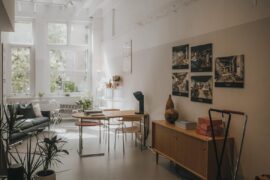
Sydney’s newest design concept store, HOW WE LIVE, explores the overlap between home and workplace – with a Surry Hills pop-up from Friday 28th November.
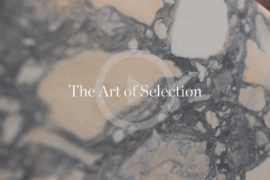
CDK Stone’s Natasha Stengos takes us through its Alexandria Selection Centre, where stone choice becomes a sensory experience – from curated spaces, crafted details and a colour-organised selection floor.
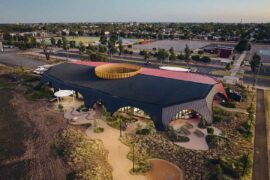
At the Munarra Centre for Regional Excellence on Yorta Yorta Country in Victoria, ARM Architecture and Milliken use PrintWorks™ technology to translate First Nations narratives into a layered, community-led floorscape.
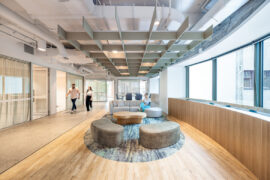
Milliken’s ‘Reconciliation Through Design’ initiative is amplifying the voices of Aboriginal and Torres Strait Islander artists, showcasing how cultural collaboration can reshape the design narrative in commercial interiors.

Designed by Woods Bagot, the new fit-out of a major resources company transforms 40,000-square-metres across 19 levels into interconnected villages that celebrate Western Australia’s diverse terrain.
The internet never sleeps! Here's the stuff you might have missed
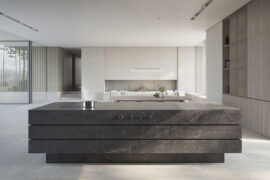
For those who appreciate form as much as function, Gaggenau’s latest induction innovation delivers sculpted precision and effortless flexibility, disappearing seamlessly into the surface when not in use.
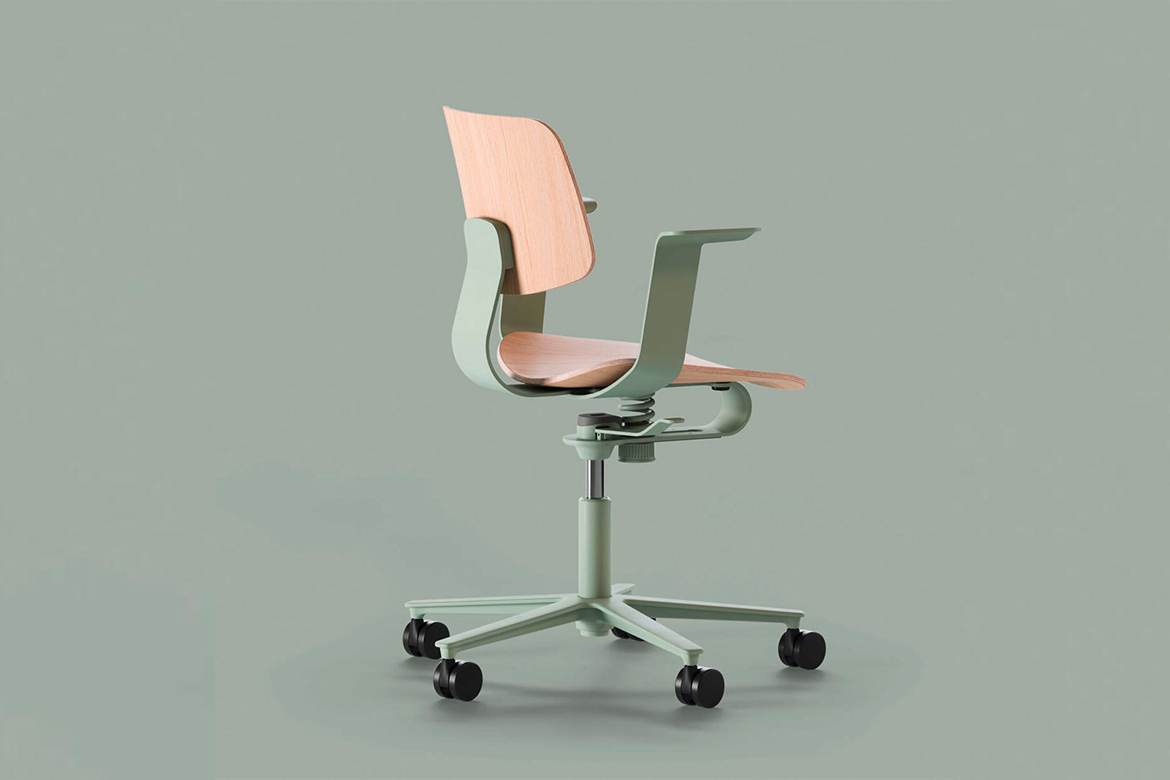
True sustainability doesn’t have to be complicated. As Wilkhahn demonstrate with their newest commercial furniture range.